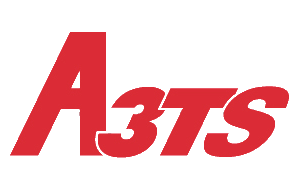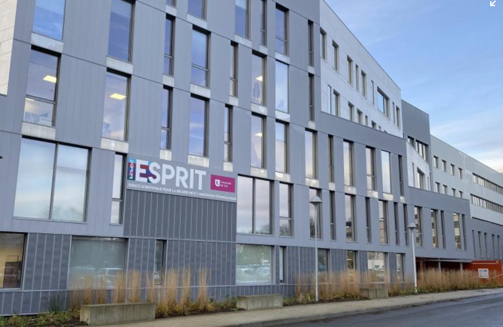QUENCHING AND QUENCHING MEDIA: PRINCIPLES AND APPLICATIONS
Thursday, May 19, 2022 - Amphitheater Atrium, Esprit building, Cité Scientifique, Villeneuve d'Ascq
About twenty participants followed with interest this day of May 19, in the premises of the ESPRIT research building in Villeneuve d'Ascq. They came from various companies, such as Framatome, EDF, Critt Tjfu, NLMK, ABS metallurgical center.
After a presentation of the A3TS, by Francine Roudet, president of the regional section, Anne Mouftiez, teacher-researcher at the Icam of Lille, recalled the various metallurgical transformations involved in the quenching of steel.
It was then the turn of Eric Fradé, manager of Thermo Process, to present the drasticity test, as a quality indicator and a development tool in tempering.
After a coffee break, Alexandre Fleurentin, from Métallo Corner, described one of the main problems related to hardening, the deformations and stresses generated by hardening which sometimes lead to a major defect: hardening tapering.
Marc Buvron, Cetim's design engineer, continued by developing the control of deformations with the Navy-C Ring test piece.
The lunch break, taken together, allowed many exchanges between the participants and the speakers.
It was also important to describe the different quenching media. Mickaël Dulac, development manager for Quaker Houghton, did a thorough job of describing the main advantages and disadvantages of the various types of quenching oils and polymers, as well as the environmental aspects.
Alexandre Fleurentin, who leads the "Fluids and quenching systems of today and tomorrow" commission of the A3TS, described the various activities of this commission.
Anne-Pascale Moiroux from Aubert et Duval gave the last presentation on aeronautical qualifications related to polymer hardening.
The various participants asked many questions and were very satisfied with this day rich in information relating to this subject at the heart of the heat treatment profession.
They particularly appreciated the sharing, the quality of the presentations and the numerous animations, not to mention the interactive discussions that took place during the presentations.


